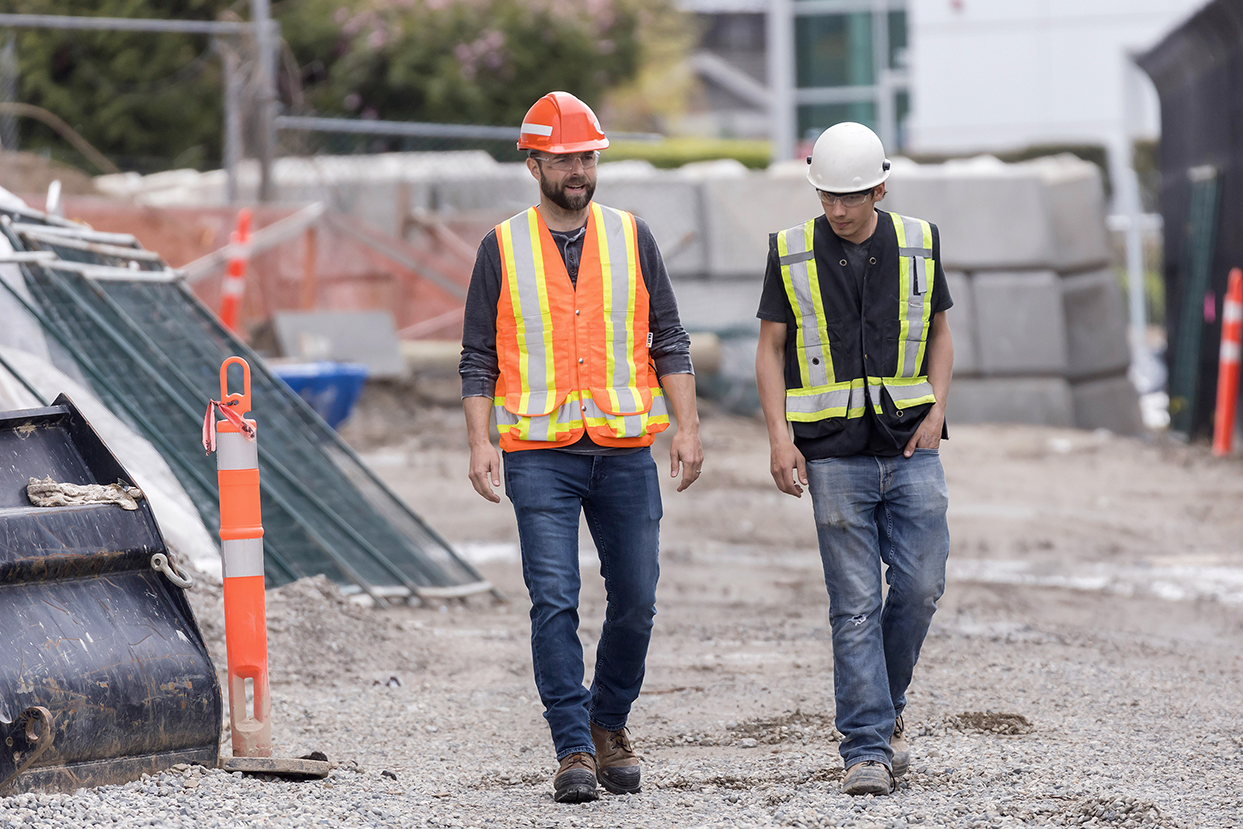Regulation amendments for refusal of unsafe work
Regulation requirements relating to refusal of unsafe work have been expanded to further protect workers.
By Sarah Ripplinger
As of August 22, 2022, the Occupational Health and Safety (OHS) Regulation requires that employers provide written notice of a work refusal before allowing or permitting any other workers to perform the refused work.
“When I see a worker has exercised the right to refuse work, it tells me that something in their employer’s health and safety system may have gone wrong,” says Kim Stubbs, an OHS consultant with WorkSafeBC’s OHS Consultation and Education Services. “Because if the employer is doing everything to help them be proactive, they should rarely get to that stage.”
Why were these amendments made?
Following the sawmill explosions at Babine Forest Products and Lakeland Mills, the WorkSafeBC and Government Action Review: Crossing the Rubicon report was released in 2019, outlining a gap in the OHS Regulation that the new amendments now fill.
“All workers have the right to refuse work that they have reasonable cause to believe might put them or someone else at risk,” says Dan Strand, director of Prevention Field Services with WorkSafeBC. “There are a variety of circumstances when this might happen, including when a worker is conducting a work process or using a tool or machine.”
A worker’s right to refuse unsafe work is a final fail-safe measure, adds Stubbs. “It shows employers have missed something or a component of their health and safety system may have failed. Maybe workers weren’t trained for the job, or the equipment wasn’t being maintained. That refusal is a clear indication something may need to occur to keep the worker safe.”
What has changed?
Section 3.12 of the OHS Regulation already describes the process that workers and employers need to follow when a worker refuses unsafe work. However, the new section 3.12.1, Reassignment of refused work, requires that employers now inform any other worker assigned to a similar task about a previous work refusal.
The amendments are designed to enhance worker safety and promote increased worker engagement by requiring the employer to provide written notice of a work refusal (while the employer works through the steps to resolve the work refusal):
- To any worker who is subsequently assigned or permitted to perform the work that is the subject of the work refusal
- To a worker representative of the joint health and safety committee, worker health and safety representative, or union representative — when these exist at the workplace — or another worker selected by the worker who refused the work
What information does the notice need to include?
The new amendments require that the written notice state that another worker has refused the work and include the following details:
- Reason provided by the worker for refusing the work
- Reason why the employer believes the work would not create an undue hazard for the subsequent worker, or to the health and safety of any other person
- Information about any subsequent worker’s right to refuse unsafe work
What are my responsibilities as an employer?
Managing risk in the workplace will help mitigate situations that can lead to a refusal of unsafe work. Ensure that you understand what might jeopardize worker health and safety, and take reasonable steps to prevent that harm from happening.
Another consideration for protecting worker health and safety is to inform your workers of their right to report unsafe or harmful conditions, to refuse work that would create an undue hazard to the health and safety of any person, and to participate in the process for investigating and resolving the work refusal.
When workers refuse work they deem to be unsafe, you must follow the steps laid out in section 3.12 of the OHS Regulation. This involves investigating the work refusal and remedying any unsafe conditions.
You must always provide written notice if another worker is asked to perform the refused work or may inadvertently perform the refused work while the matter of the work refusal is being investigated.
Section 3.13 of the OHS Regulation underscores that workers are within their rights to refuse unsafe work. You may temporarily reassign a worker who files a refusal of unsafe work to another task — without monetary penalization or disciplinary action — while the matter is being investigated.
Where can I get more information?
Read about Refusing unsafe work. You can also check out our Regulatory amendment: A primer on refusing unsafe work.
For complete, detailed information about the changes, see OHS Regulation sections 3.12–3.13 and OHS guideline G3.12.
This information originally appeared in the November/December 2022 issue of WorkSafe Magazine. To read more or to subscribe, visit WorkSafe Magazine.

